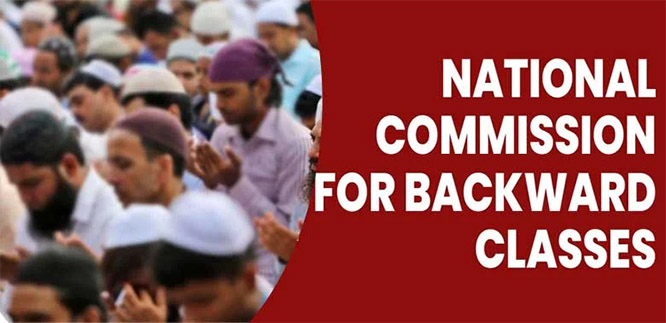Mysuru, Apr 23: Six people, including four teenage boys, drowned when they had gone for a swim, in Mysuru and Mandya districts of Karnataka.
Police said on Friday that Four boys of Hemmige village of Talakadu hobli, T Narasipur taluk, Mysuru district, met a watery grave, when they had gone for a swim in River Cauvery late last evening .
The deceased have been identified as Yashwanth (15), Mahadeva Prasad (14), Kishore (13) and Parashivamurthy (15).
While the bodies of Yashwanth and Mahadevaprasad were retrieved, search is on to trace the bodies of the other two, according to Talakad police.
In Mandya district Two persons, who had come to a temple at North Bank village of Krishnaraja Sagar (KRS) dam, drowned in Visvesvaraya Canal.
The deceased are Basavegowda (26) and Sannegowda (34), both from Mallinathapura, Bilikere hobli, Hunsur taluk in Mysuru district, and were relatives.
Their bodies were retrieved at a little distance from where they drowned and were handed over to the relatives after the postmortem.
Four people, including Basavegowda and Sannegowda, had come to Kalamma temple at North Bank village. They decided to take a bath before visiting the temple and went for a swim in the Visvesvaraya Canal nearby. As 2,500 cusecs of water was being released into the canal, they were washed away due to the force, alleged the police.






Comments
Add new comment